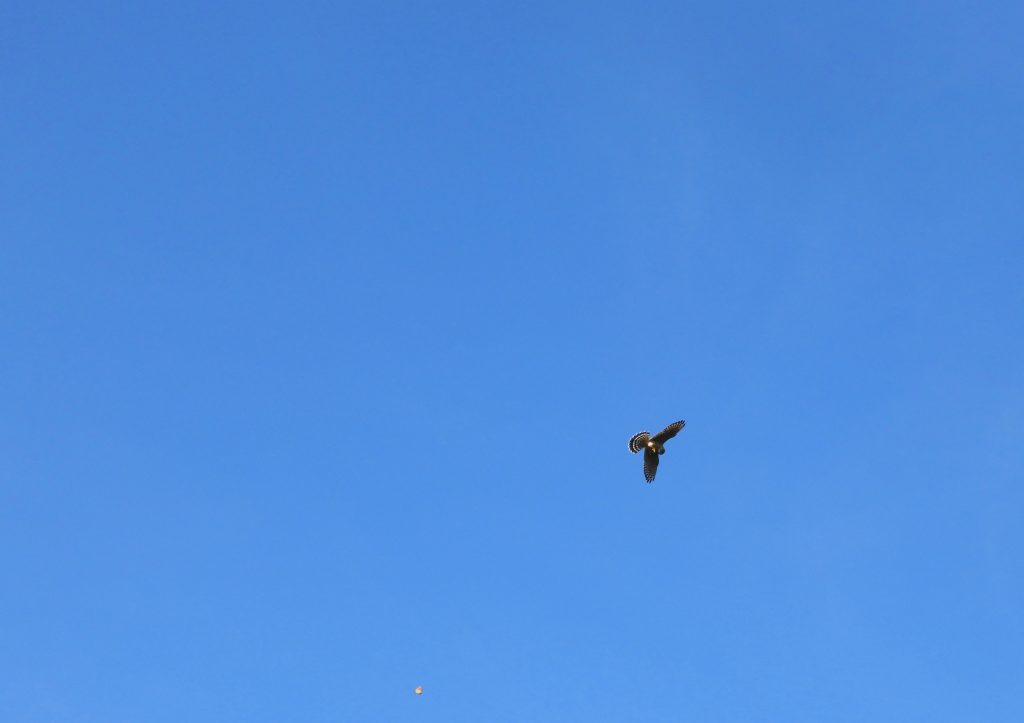September 10 2019. Southwest Head, Grand Manan, New Brunswick. A bit of context will be useful here: we are taking a few days off to return to Grand Manan, an island in the Bay of Fundy lying a few miles offshore from where New Brunswick meets Maine; it’s been 30 years since our last visit; some things have changed, much of it I think, a result of the surge of retired baby-boomers’ wealth and health.
Grand Manan is an Atlantic island and somewhat sheltered from the rigours of the open ocean by the south-reaching peninsula of Nova Scotia. If you had to come up with one word to describe Grand Manan, its geography and its people, I think rugged works best . The main industry here is fishing: lobsters, herring and salmon; one of those often romanticized occupations where the truth of the matter is one of long, hard, cold and dangerous days. It has a picture postcard shoreline almost everywhere you look, which also means you wouldn’t want to be washed ashore along much of it, nor would you want to drop off its sides. It was along one of those high, knee-weakening edges that I saw today’s Bird of The Day, a Merlin.

I was following a path, narrow and knee-deep in Spirea, Alder and Goldenrods, along the precipitous southern cliffside, one where if you lost your footing at the crumbly edge, it would be a two or three-hundred foot fall, well not so much fall as panicked slide, cart-wheeling tumble and bounce to the waiting waves. So, staying well away from the edge, I watched Monarch Butterflies dancing and circling each other in the warm sunshine, all gathering for their long drifting and soaring migration to wintering grounds in Mexico. In front of me, one lifted high, caught a breeze, made a couple of flaps and set off to cross twenty miles of open waters to the distant Maine shore. It was airborne and heading for Mexico, those sickening cliff edges and the sea far below of no consequence. I had hardly finished internalizing thoughts of “Farewell brave soul”, when a Merlin appeared from below, swept up in an easy climb, slowed to near stall and snatched the Monarch mid-flap. Here it is.

Well so much for one creature’s migratory ambitions, gone in a flash. I was under the impression that, because of their larval diet, Monarch Butterflies are distasteful to predators, if so, perhaps this one’s life would only serve as a bitter lesson to a young Merlin, a sacrifice for the betterment of the population; sad though – the inherited ambitions of thousands of generations plucked from the air like that.
Behind us a Common Raven croaked in resigned acknowledgement, that’s the way it is around here.
This has to be the first tear-jerker you’ve posted. Particularly sad for me as I await the final stage of development for 5 Monarchs that we’ve raised from eggs collected locally.
We can only hope there are no Merlins hovering around Oakville when we release the new hatchlings next week.